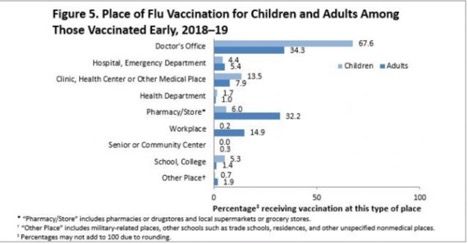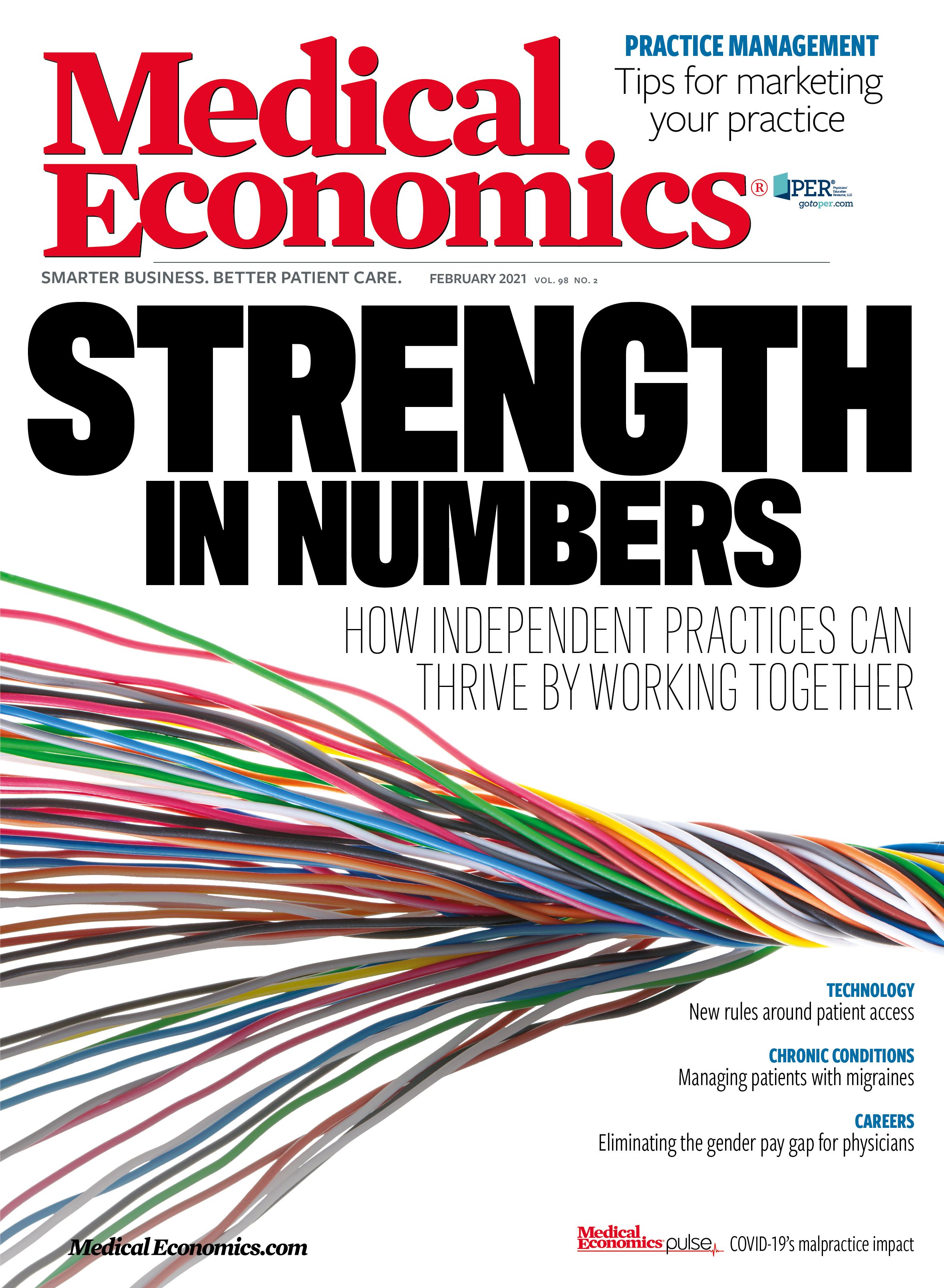Publication
Article
Medical Economics Journal
To solve the COVID-19 pandemic, we must empower primary care physicians and pharmacists
Author(s):
It is time for an all-hands-on-deck approach.
We have now passed the 1-year anniversary of the pandemic in the United States and more than 25 million Americans have become infected with COVID-19. More than 400,000 have died. Our economy has taken a huge hit — businesses have closed, and millions of people are without work. Our hospitals are stretched to the breaking point.
No one is left untouched by the effects of this pandemic. It is laying bare the inequities of our healthcare system, the lack of access to basic care and community coordination. It has shined a light the decades of underfunding of our primary care and public health infrastructure.
The solution to the current economic and public disruption starts with getting the pandemic under control. That means vaccinating our citizens as soon as possible.
It will take an all-hands-on-deck approach of vaccine supply, distribution, personnel and access points to accomplish. We must enlist our primary care physicians and pharmacists to take on a larger role in ending this pandemic.
Who provides care in our communities?
Primary care and pharmacy are the backbone of a community’s healthcare system.
Of all outpatients visits to a healthcare provider, 47 percent were to a primary care office. That is over 415 million visits to primary care physicians office per year while primary care only represents 31 percent of the physician population in the United States.1 Visits to a pharmacy exceed that of all healthcare providers by an almost 2-to-1 ratio.2
Primary care and pharmacy, therefore, clearly represents a major healthcare access point for the citizens of this country. In addition, that is also where a majority of immunizations are given each year. Of the 174.5 million influenza vaccines given last flu season, primary care and pharmacy was the place of vaccination of over 65 percent of the vaccines administered.3

Rural and underserved communities are also more often served by primary care and pharmacy as their source of healthcare, making them a vital access point for vaccine administration.
While mass immunization clinics involving hospitals and health departments were necessary under limited supply and technical requirements in the early days of COVID-19 vaccine availability, it is clear that primary care and pharmacy must be a coordinated part of any successful plan to fully vaccinate U.S. citizens.
The primary care system is at risk
In the last year, primary care practices have experienced a major disruption in patient visits and revenue, and uncertainty in how to best care for their patients and communities. Many practices have suffered significant financial loss. With approximate 50 percent of family physicians nationally still in physician-owned practices, this disruption is worrisome.1
According to a recent survey by The Larry Green Center, 61 percent of practices are having severe or near severe stress with 91 percent experiencing staff shortages due to quarantine or COVID-19 infection.4 While 57 percent of their vulnerable patents asking their PCP for the vaccine, only one quarter of practices know where they will get the vaccine when it is available to them. Some are worried about being able to purchase the vaccine to administer to their patients.
Knowing my primary care colleagues, they will answer the call to get their patients vaccinated despite these difficulties. They just need some help now to get ready.
COVID-19 vaccination rates need to be higher than flu shot rates
Our flu vaccination rate last year for adults was 46.8 percent — nearly half of the U.S. adult population. This community vaccination rate is good, but still nowhere near where we need to be to achieve herd immunity for COVID-19. Some estimates say that we must reach 70 to 85 percent.
We must act quickly, as our citizens are suffering, and the racial disparity is stark, both in terms of hospitalizations and deaths. COVID-19 hospitalization rates are 3.7-times higher for black and 4.1-times higher for Hispanic patients than white patients. COVID-19 death rates for both these groups are 2.8-times higher than that for white patients.
Getting the vaccine to these populations is critical, but the challenges loom large, both in terms of access and vaccine hesitancy. Again, using flu shot data for comparison, the vaccination rates for black and Hispanic adults is 38.5 percent and 37 percent, respectively.5
Dealing with vaccine hesitancy
National polls have continued to show significant numbers of patients who are either hesitant or decline to receive the vaccine.
While those numbers have improved during the last month, in order to achieve herd immunity, we must convince most of the hesitant and a few of the refusers to get the vaccine.
In a recent Green Center patient survey, almost half the population distrusted the CDC and public health institutions. But there’s good news here: more than 80 percent trusted their primary care clinician.5
Whether it is by local public appeals or during one-on-one interactions with their patients, our community primary care physicians and pharmacists are our best ambassadors for vaccination and achieving the rates needed to protect patients. As it is for most complex tasks, the last mile is the hardest. We need our primary care physicians leading the charge on the anchor leg of this race.
Coordination needed — and a call to action
We need a call to action from our federal and state leaders to get our primary care providers and pharmacies involved. Furthermore, we need short term financial and technical assistance to make sure they are prepared.
In the end, it will be the personal relationships between physicians and pharmacists and their patients and communities that will get us to the herd immunity levels we need to stop this pandemic and get our economy open and moving again.
L. Allen Dobson, Jr. M.D., FAAFP, is a family physician and Editor-in-Chief of Medical Economics.
References
- www.graham-center.org The State of Primary Care in the United States 2018
- www.jamanetwork.com Evaluation of Frequency of Encounters with Primary Care Physicians vs Visits to Community Pharmacy among Medicare Beneficiaries, Berenbrok et al July 15 2020
- www.cdc.gov Early Season Flu Vaccination Coverage- United States 2018
- www.green-center.org Covid-19 Survey Series 24 Executive summary
- www.cdc.gov/coronavirus/2019-ncov/covid-data/investigations-discovery/hospitalization-death-race-ethnicity.html






